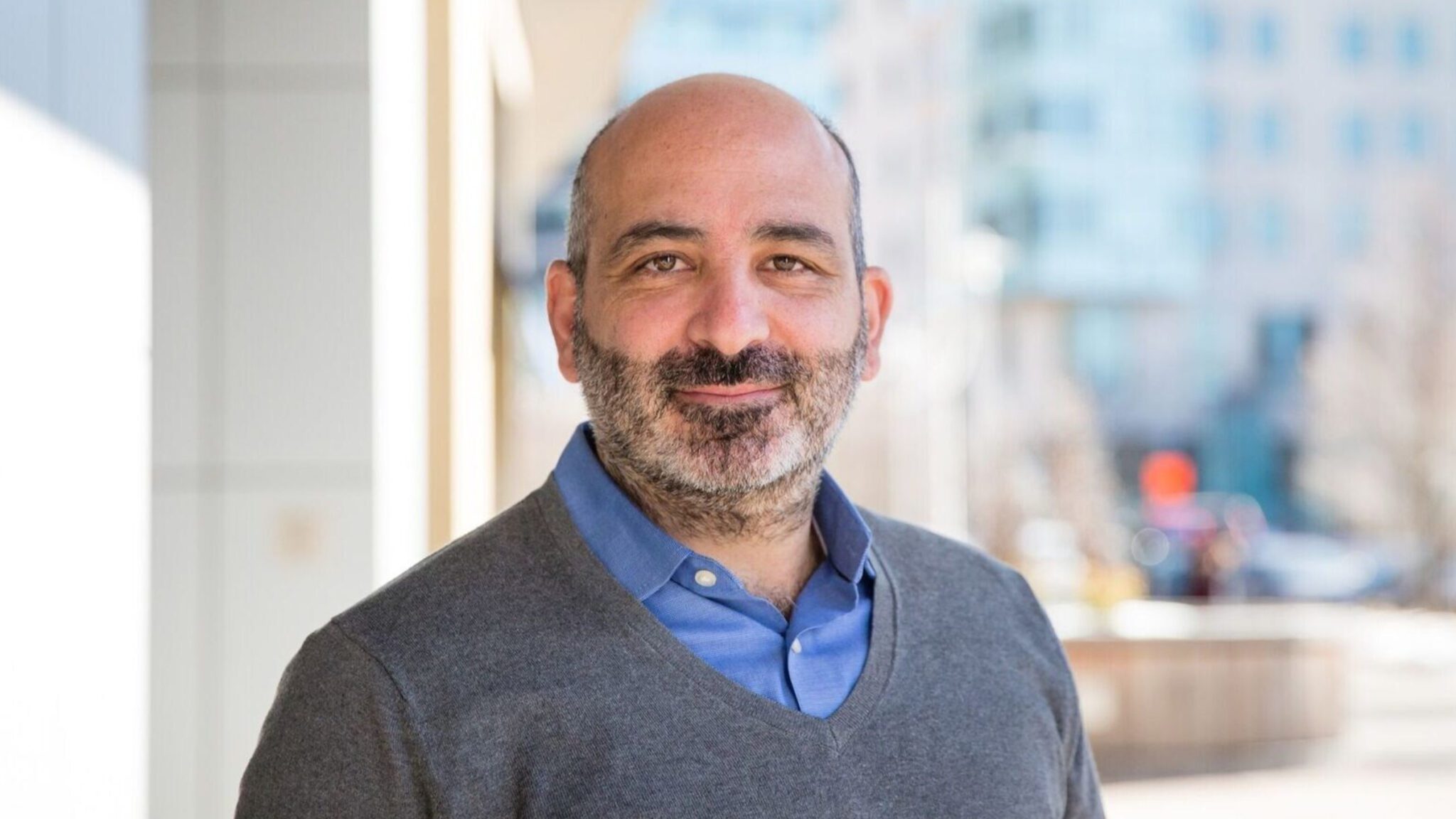
Andrey Zarur, GreenLight Biosciences CEO
Q&A: Determined to not repeat mistakes from the last pandemic, Andrey Zarur talks about latest deal with Serum Institute
The Massachusetts biotech GreenLight made waves Monday with the announcement of its licensing deal with the Serum Institute of India. Three of its mRNA products …
Sign up to read this article for free.
Get free access to a limited number of articles, plus choose newsletters to get straight to your inbox.